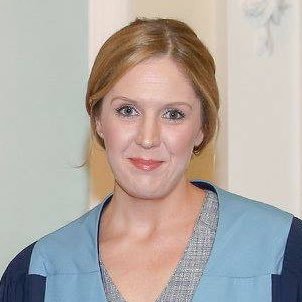Give us a Call
028 9268 0940 8am - 6pm Mon to Fri
Dupuytren’s disease, also referred to as Dupuytren’s contracture, is a common condition that usually arises in middle age. Firm nodules appear in the ligaments just beneath the skin on the palm of the hand. Dupuytren’s disease often begins with nodules in the palm, frequently in line with the ring finger.
The nodules extend to form chords that pull the finger towards the palm and prevent it straightening fully. One or more fingers may become fixed in a bent position. The cause is unknown, but it is more common in Northern Europe and it often runs in families. This condition can be treated through fasciectomy surgery.
Fasciectomy can be performed under local anaesthetic (numbing the area of the affected fingers and palm), or regional anaesthetic (when the whole arm is numb) and you will be wide awake. Surgery is performed by removing the abnormally thick and fibrous tissue in the palm/fingers through a zig zag incision on the affected hand. Surgery usually provides relief from contractures and allows you to move your fingers again.
You may require Fasciectomy surgery if one or more fingers become fixed in a bent position. Contracture of the fingers is usually slow, occurring over months and years rather than weeks. Surgery can usually make bent fingers straighter, though, not always fully straight. Our Occupational Therapist and Physiotherapy team will work with our surgeons to design the best treatment pathway for you.
After your surgery you will have a bulky padded bandage or a plaster backslab, which you must keep dry. Your stitches will most likely be dissolvable. It is important to keep your hand raised as much as possible to reduce swelling. Keep the bulky bandage on until you see the Hand Therapist approximately one week post operation to aid recovery of the hand.
You can start driving as soon as you feel confident enough to control your car safely and you are no longer wearing the splint during daytime – approximately 2-3 weeks after your surgery. Returning to work depends on your job and your excerpt consultant or therapist will be able to advise you.
If you are experiencing symptoms of Dupuytren’s disease then contact us now to schedule a consultation with one of our expert Orthopaedic Surgeons or call us on 028 9268 0940.



Choose a speciality to learn more about this area: